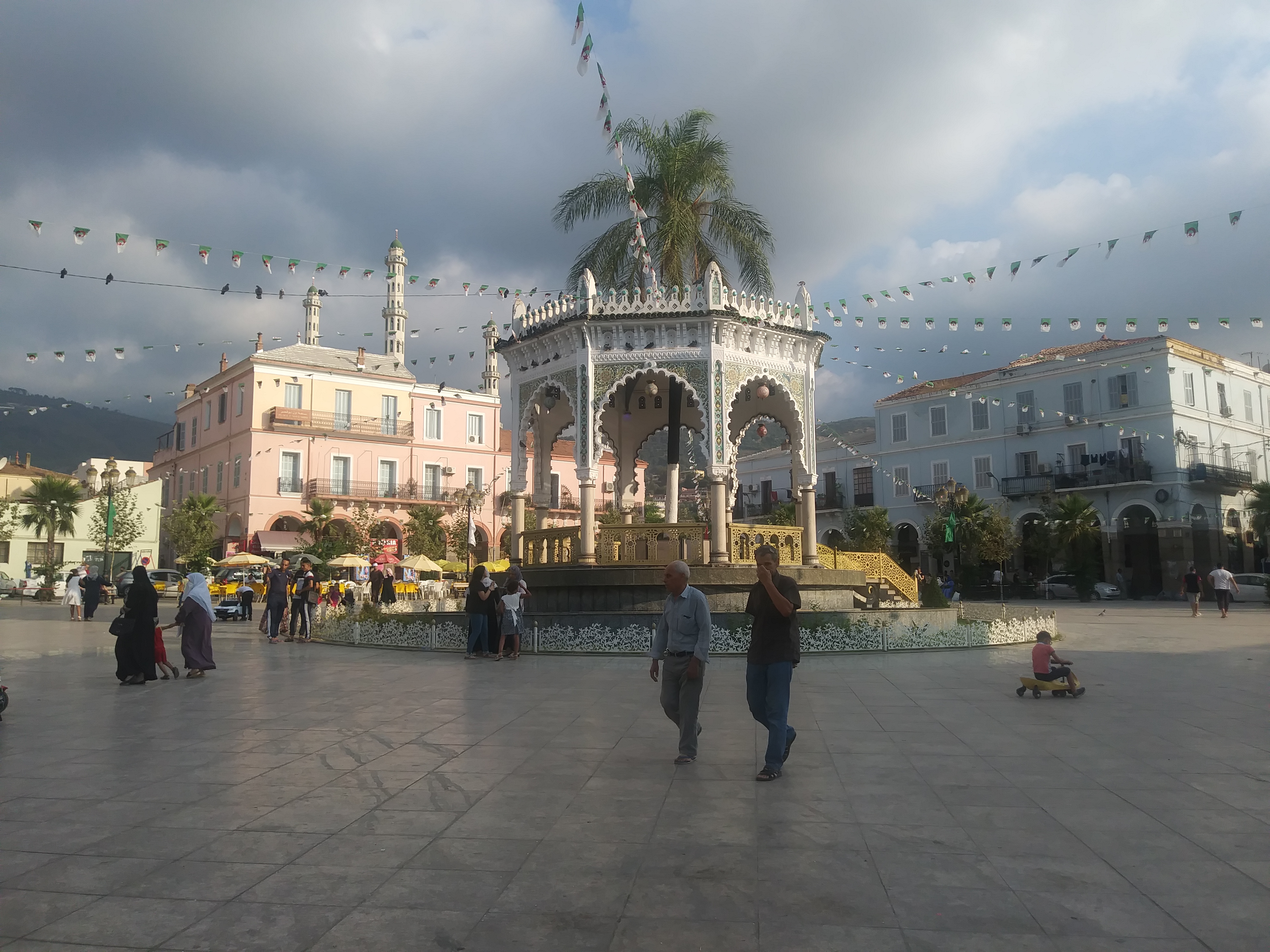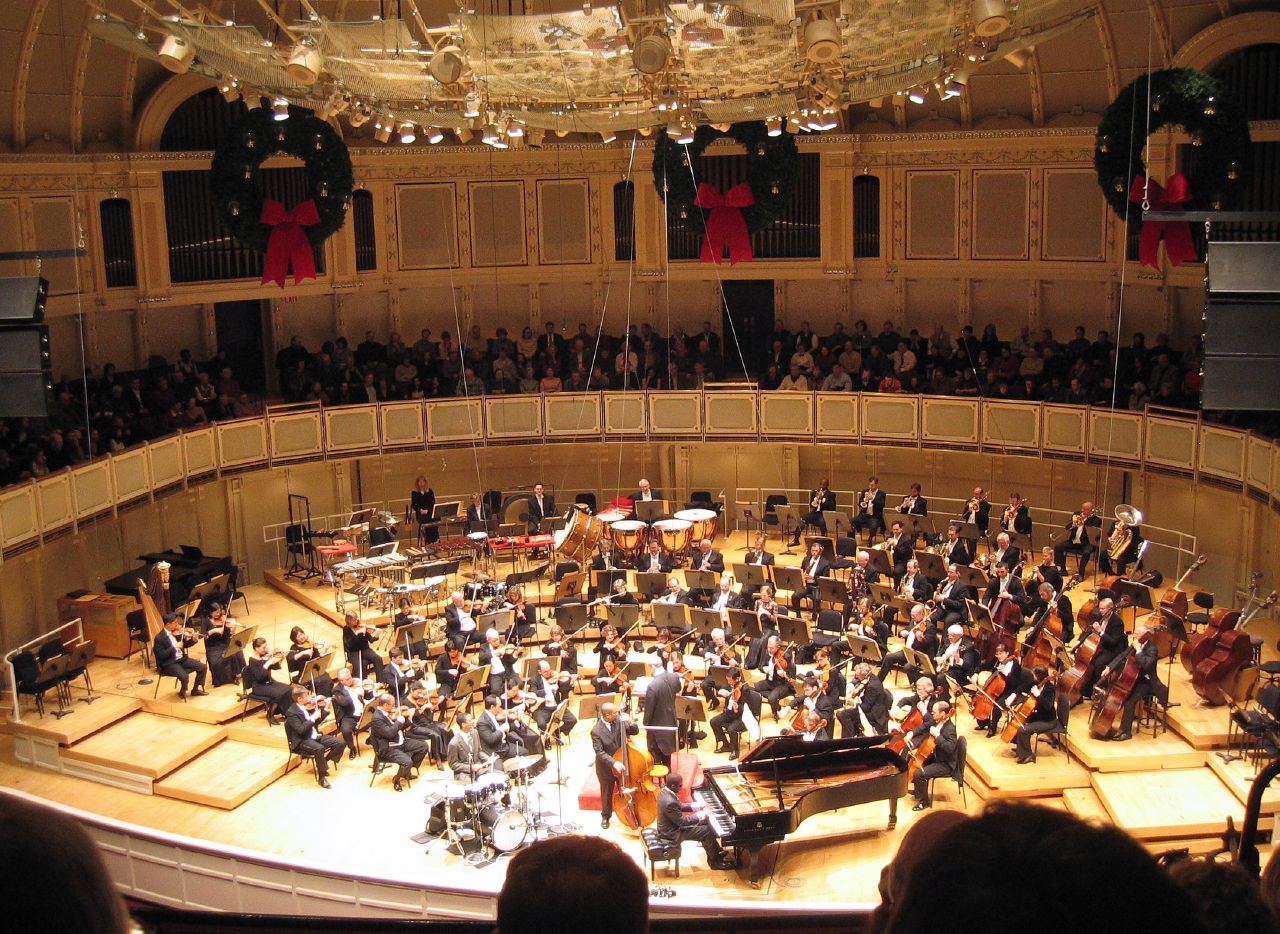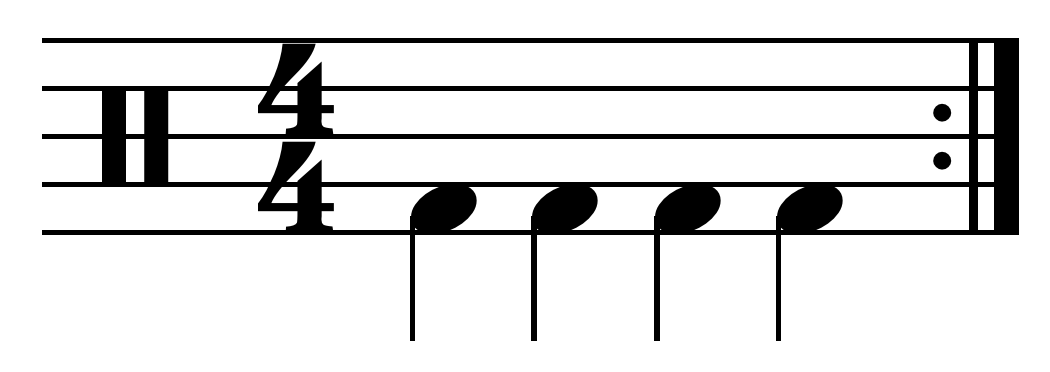|
Suite Algérienne
The ''Suite algérienne'' in C major, Op. 60 is a composition by Camille Saint-Saëns in four movements. The composer had a lifetime love for Algeria. In 1873, he visited it for the first time. The theme of the third movement of the suite came to him during that visit. He composed a single-movement ''Rêverie orientale'', which was performed in Paris on 7 June 1879 at a charity concert under composer's direction. His publisher Auguste Durand asked him to write more pieces like this one. So in the summer 1880, which he spent in Boulogne-sur-Mer, Saint-Saëns composed three other movements: on 12 July in a letter to Durand he wrote that he began working on them. By the end of August composition was finished (he reported it in a letter to Durand written on 30 August). The whole suite had its first performance in Paris on 19 December 1880 with Édouard Colonne as conductor. The audience loved it and the composition was published by Durand, Schoenewerk et Cie. the next year with a dedica ... [...More Info...] [...Related Items...] OR: [Wikipedia] [Google] [Baidu] |
C Major
C major is a major scale based on C, consisting of the pitches C, D, E, F, G, A, and B. C major is one of the most common keys used in music. Its key signature has no flats or sharps. Its relative minor is A minor and its parallel minor is C minor. The C major scale is: Changes needed for the melodic and harmonic versions of the scale are written in with accidentals as necessary. The C harmonic major and melodic major scales are: On the piano, the C major scale can be played by playing only the white keys starting on C. Scale degree chords The scale degree chords of C major are: * Tonic – C major * Supertonic – D minor * Mediant – E minor * Subdominant – F major * Dominant – G major * Submediant – A minor * Leading-tone – B diminished Compositions Twenty of Joseph Haydn's 106 symphonies are in C major, making it his second most-used key, second to D major. Of the 134 symphonies mistakenly attributed to Haydn that H. C. Robbins Landon lis ... [...More Info...] [...Related Items...] OR: [Wikipedia] [Google] [Baidu] |
Trombone
The trombone (, Italian, French: ''trombone'') is a musical instrument in the Brass instrument, brass family. As with all brass instruments, sound is produced when the player's lips vibrate inside a mouthpiece, causing the Standing wave, air column inside the instrument to vibrate. Nearly all trombones use a telescoping slide mechanism to alter the Pitch (music), pitch instead of the brass instrument valve, valves used by other brass instruments. The valve trombone is an exception, using three valves similar to those on a trumpet, and the superbone has valves and a slide. The word "trombone" derives from Italian ''tromba'' (trumpet) and ''-one'' (a suffix meaning "large"), so the name means "large trumpet". The trombone has a predominantly cylindrical bore like the trumpet, in contrast to the more conical brass instruments like the cornet, the flugelhorn, the Baritone horn, baritone, and the euphonium. The most frequently encountered trombones are the tenor trombone and bass tr ... [...More Info...] [...Related Items...] OR: [Wikipedia] [Google] [Baidu] |
ORTF National Orchestra
The Orchestre National de France (; ; abbr. ONF) is a French symphony orchestra based in Paris, founded in 1934. Placed under the administration of the French national radio (named Radio France since 1975), the ONF performs mainly in the Grand Auditorium at the Maison de la Radio et de la Musique (formerly known as Maison de la Radio) from where all its concerts are broadcast. Some concerts are also held in the Théâtre des Champs-Élysées, which was the previous main venue of the orchestra before the Auditorium was built. History The orchestra has had the following names over its history: * 1934–1945: ''Orchestre national'' (National Orchestra) * 1945–1949: ''Orchestre national de la Radiodiffusion française'' (French Radio National Orchestra) * 1949–1964: ''Orchestre national de la Radio-télévision française'' or ''Orchestre national de la RTF'' (French Radio and Television National Orchestra) * 1964–1974: ''Orchestre national de l'Office de radiodiffusion-t ... [...More Info...] [...Related Items...] OR: [Wikipedia] [Google] [Baidu] |
Naxos Records
Naxos comprises numerous companies, divisions, imprints, and labels specializing in classical music but also audiobooks and other genres. The premier label is Naxos Records, which focuses on classical music. Naxos Musical Group encompasses about 17 labels including Naxos Records, Naxos Audiobooks, and Naxos Books (ebooks). There are about an additional 50 labels that are independent of the Naxos Musical Group with a wide range of offerings. The company was founded in 1987 by Klaus Heymann, a German-born resident of Hong Kong. Naxos Records Naxos Records is a record label specializing in classical music. The company was known for its budget pricing of discs, with simpler artwork and design than most other labels. In the 1980s, Naxos primarily recorded central and eastern European symphony orchestras, often with lesser-known conductors, as well as upcoming and unknown musicians, to minimize recording costs and maintain its budget prices. In more recent years, Naxos has taken advan ... [...More Info...] [...Related Items...] OR: [Wikipedia] [Google] [Baidu] |
Blida
Blida () is a city in Algeria. It is the capital of Blida Province, and it is located about 45 km south-west of Algiers, the national capital. The name ''Blida'', i.e. ''bulaydah'', is a diminutive of the Arabic word ''belda'', city. Geography Blida is known as the city of roses because of the large number of roses in its gardens. Blida lies surrounded with orchards and gardens, above the sea, at the base of the Tell Atlas, on the southern edge of the fertile Mitidja Plain, and the right bank of the Oued el kebir outflow from the Chiffa gorge. The abundant water of this stream provides power for large corn mills and several factories, and also supplies the town with its numerous fountains and irrigated gardens. Within Blida is Chréa National Park, one of the largest national parks in the country and part of the Atlas Mountains. Blida is surrounded by a wall of considerable extent, pierced by six gates, and is further defended by Port Mimieh, crowning a steep hill ... [...More Info...] [...Related Items...] OR: [Wikipedia] [Google] [Baidu] |
Algiers
Algiers is the capital city of Algeria as well as the capital of the Algiers Province; it extends over many Communes of Algeria, communes without having its own separate governing body. With 2,988,145 residents in 2008Census 14 April 2008: Office National des Statistiques de l'Algérie (web). and an estimated 3,004,130 residents in 2025 in an area of , Algiers is the largest city in List of cities in Algeria, Algeria, List of coastal settlements of the Mediterranean Sea, the third largest city on the Mediterranean, List of largest cities in the Arab world, sixth in the Arab World, and List of cities in Africa by population, 11th in Africa. Located in the north-central portion of the country, it extends along the Bay of Algiers surrounded by the Mitidja Plain and major mountain ranges. Its favorable location made it the center of Regency of Algiers, Ottoman and French Algeria, French cultural, political, and architectural influences for the region, shaping it to be the diverse met ... [...More Info...] [...Related Items...] OR: [Wikipedia] [Google] [Baidu] |
String Section
The string section of an orchestra is composed of bowed instruments belonging to the violin family. It normally consists of first and second violins, violas, cellos, and double basses. It is the most numerous group in the standard orchestra. In discussions of the Orchestration, instrumentation of a musical work, the phrase "the strings" or "and strings" is used to indicate a string section as just defined. An orchestra consisting solely of a string section is called a string orchestra. Smaller string sections are sometimes used in jazz, pop, and rock music and in the pit orchestras of musical theatre. Seating arrangement The most common seating arrangement in the 2000s is with first violins, second violins, violas, and cello sections arrayed clockwise around the Conductor (music), conductor, with basses behind the cellos on the right. The first violins are led by the concertmaster (leader in the UK); each of the other string sections also has a principal player (principal secon ... [...More Info...] [...Related Items...] OR: [Wikipedia] [Google] [Baidu] |
Bass Drum
The bass drum is a large drum that produces a note of low definite or indefinite pitch. The instrument is typically cylindrical, with the drum's diameter usually greater than its depth, with a struck head at both ends of the cylinder. The heads may be made of calfskin or plastic and there is normally a means of adjusting the tension, either by threaded taps or by strings. Bass drums are built in a variety of sizes, but size does not dictate the volume produced by the drum. The pitch and the sound can vary much with different sizes,Norman Del Mar, Del Mar, Norman (1981). ''Anatomy of the Orchestra''. . but the size is also chosen based on convenience and aesthetics. Bass drums are percussion instruments that vary in size and are used in several musical genres. Three major types of bass drums can be distinguished. * The type usually seen or heard in orchestral, ensemble or concert band music is the orchestral, or concert bass drum (in Italian: gran cassa, gran tamburo). It is the ... [...More Info...] [...Related Items...] OR: [Wikipedia] [Google] [Baidu] |
Cymbal
A cymbal is a common percussion instrument. Often used in pairs, cymbals consist of thin, normally round plates of various alloys. The majority of cymbals are of indefinite pitch, although small disc-shaped cymbals based on ancient designs sound a definite note (such as crotales). Cymbals are used in many ensembles ranging from the orchestra, percussion ensembles, jazz bands, heavy metal bands, and marching groups. Drum kits usually incorporate at least a crash, ride, or crash/ride, and a pair of hi-hat cymbals. A player of cymbals is known as a cymbalist. Etymology and names The word cymbal is derived from the Latin , which is the latinisation , which in turn derives . In orchestral scores, cymbals may be indicated by the French ; German , , , or ; Italian or ; and Spanish . Many of these derive from the word for plates. History Cymbals have existed since ancient times. Representations of cymbals may be found in reliefs and paintings from Armenian Highlands (7t ... [...More Info...] [...Related Items...] OR: [Wikipedia] [Google] [Baidu] |
Tambourine
The tambourine is a musical instrument in the percussion family consisting of a frame, often of wood or plastic, with pairs of small metal jingles, called "zills". Classically the term tambourine denotes an instrument with a drumhead, though some variants may not have a head. Tambourines are often used with regular percussion sets. They can be mounted, for example on a stand as part of a drum kit (and played with drum sticks), or they can be held in the hand and played by tapping, hitting, or shaking the instrument. Tambourines come in many shapes with the most common being circular. It is found in many forms of music: Albanian folk music, Arabic folk music, Israeli folk music, Turkish folk music, Greek folk music, Italian folk music, French folk music, classical music, Galician traditional music, Asturian traditional music, Persian music, samba, gospel music, pop music, country music, and rock music. History The origin of the tambourine is unknown, but it appea ... [...More Info...] [...Related Items...] OR: [Wikipedia] [Google] [Baidu] |
Triangle (musical Instrument)
The triangle, or musical triangle, is a musical instrument in the percussion family, classified as an idiophone in the Hornbostel-Sachs classification system. Triangles are made from a variety of metals including aluminum, beryllium copper, brass, bronze, iron, and steel. The metal is bent into a triangular shape with one open end. The instrument is usually held by a loop of some form of thread or wire at the top curve to enable the triangle to vibrate, and it is struck with a metal rod called a "beater". The triangle theoretically has indefinite pitch, and produces a plurality of overtones when struck with an appropriate beater. History Iconography is the primary source for knowledge of the history of the triangle, and provides insight into the musical and social context in which the instrument developed. Some scholars believe the triangle to be a direct descendant of the ancient Egyptian sistrum. Others do not go quite so far, referring to the triangle as being " ... [...More Info...] [...Related Items...] OR: [Wikipedia] [Google] [Baidu] |





